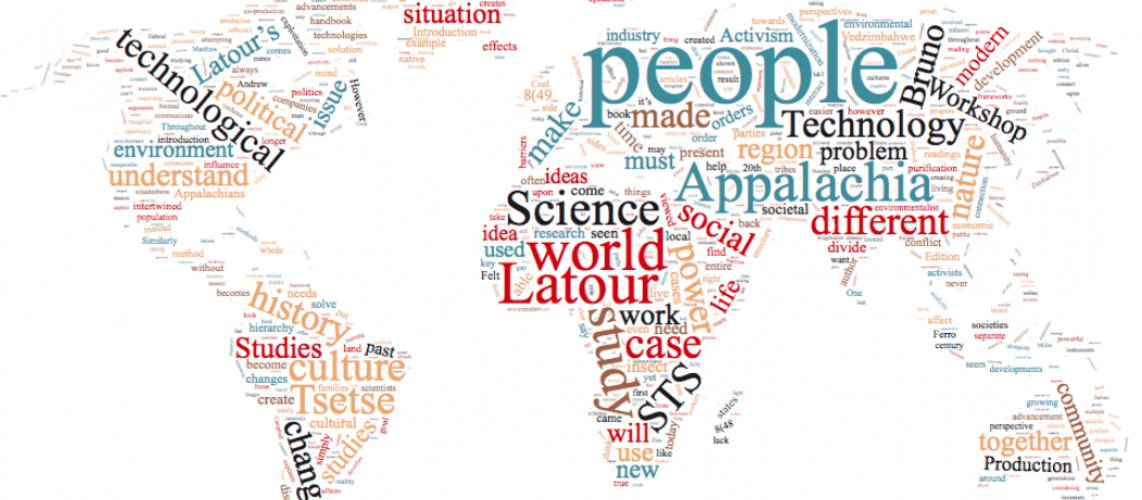By: David Van Sickle, Steven Chelak, Maylee Gagnon, Cristopher Lafortune, James Copeland
*All authors contributed equally to this work
Too few people question the origin of scientific “truth.” Where did the science come from? Why did the scientist publish what they published? It has become a societal norm to define scientists as people of veracity and discovery, an ignorant approach that has led to the construction of such a powerful misconception. To fully understand the ways in which “truth” is created, one must examine the history of science. The science was not always there; it accumulated over time as new ideas piled up and paradigms shifted. The readings Trust in Numbers by Theodore Porter and The Journalist, The Scientist, and Objectivity by Peter Galison highlight three key elements that reveal the reasons one should question the defining of science as absolute truth. Through inevitable subjectivity, intentional manipulation, and the quantification of measurements, scientific truth becomes cloudier than it may seem to the general population.
Basing scientific knowledge upon the truth is essential for science, but human nature is bound to get in the way. This goal is harder to achieve because of the close mindedness of humanity, the best way to counteract this is objectivity. However, this objectivity can never be perfect, as Galison says, “The history of objectivity cannot be understood without a history of subjectivity…” (Galison, 7). Subjectivity limits the objectiveness of scientific fact as it creates a barrier of what can or cannot be interpreted. Bias and subjectivity are inevitably acts of human nature, but they limit the possible understanding of the whole scientific truth. Scientific truths have been manipulated over the years to what scientists want to perceive.
Manipulated information is presented so that those examining it will find it persuasive. Scientific truths are created by society through their approval system. Porter examined disciplinary objectivity which allows certain facts to be true if a group reaches an agreement. The fact is true only within its confines otherwise the theory dissolves and faces questioning. If the community begins to disagree with the theory has no backing and is no longer absolute. Additionally, not all scientific theories are published, and those which are must pass a rigorous process and critique established by the scientific community. Hilgartner compared science to theatrical productions and claimed that written work is “impression management [and the] strategic control of information” (Hilgartner 15). This demonstrates the importance of society’s opinion and the need to pass the constructed requirements.
The scientific world revolves around scientists’ ability to quantify their observations which support their ideas. Quantification is done by using numbers and measurements, the reliability of which seems absolute. This is because the variables that scientists use have been universally accepted by society, but what is a number or measurement? To understand the creation of these variables, look back to early human history when clocks did not exist. Instead of employing a regimented calendar based off specific hours, time primarily depended on seasonal changes and social needs such as planting, fertilizing, harvesting, etc. Once more advanced administrative processes were introduced to society, the need for a regimented calendar arose. When examining scientific truth and authority, you first must think about how human beings validate science. All scientific disciplines have adopted similar measurements, leading to the inadvertent intertwining of these disciplines. While quantification is integral to the scientific method, it is crucial to understand that the ways in which human’s quantify observations is based on society’s construct of measurements and numbers. As such, the basis for scientific truth and authority is grounded in the universal acceptance of numbers and measurements which are a societal construct.
